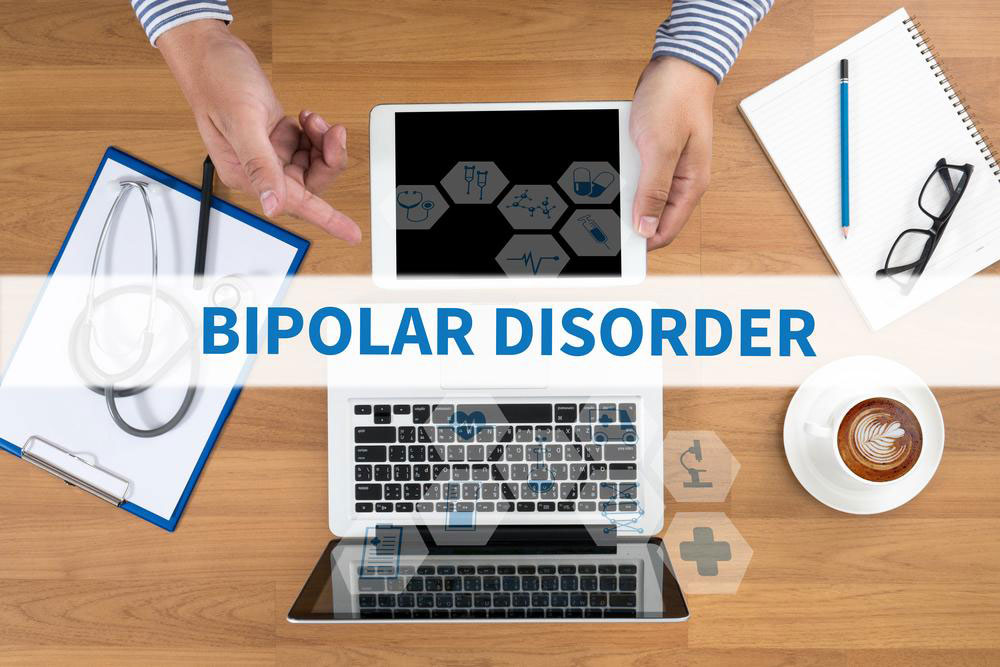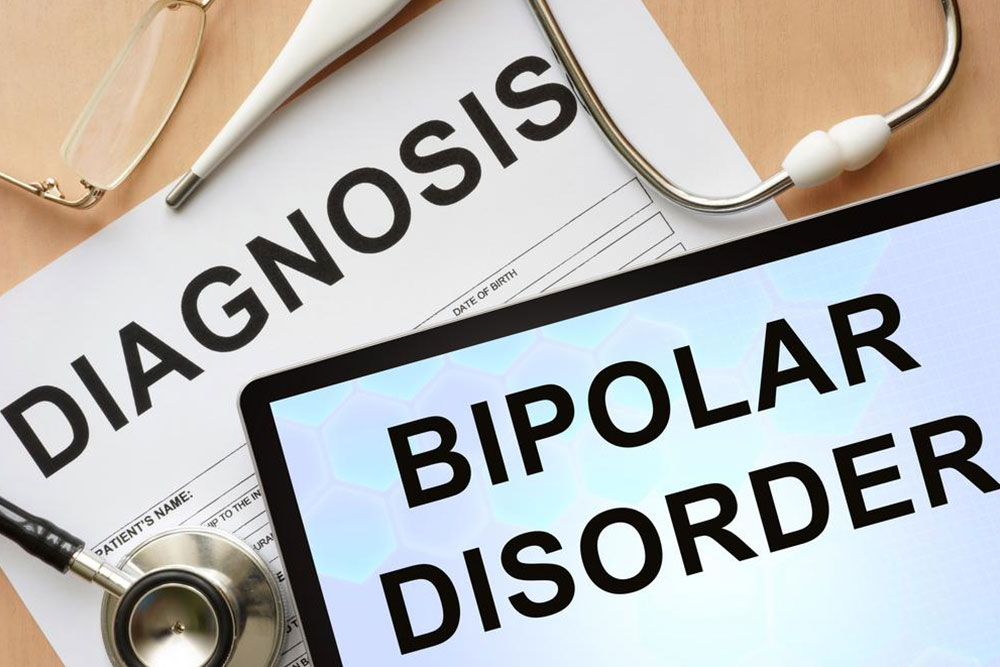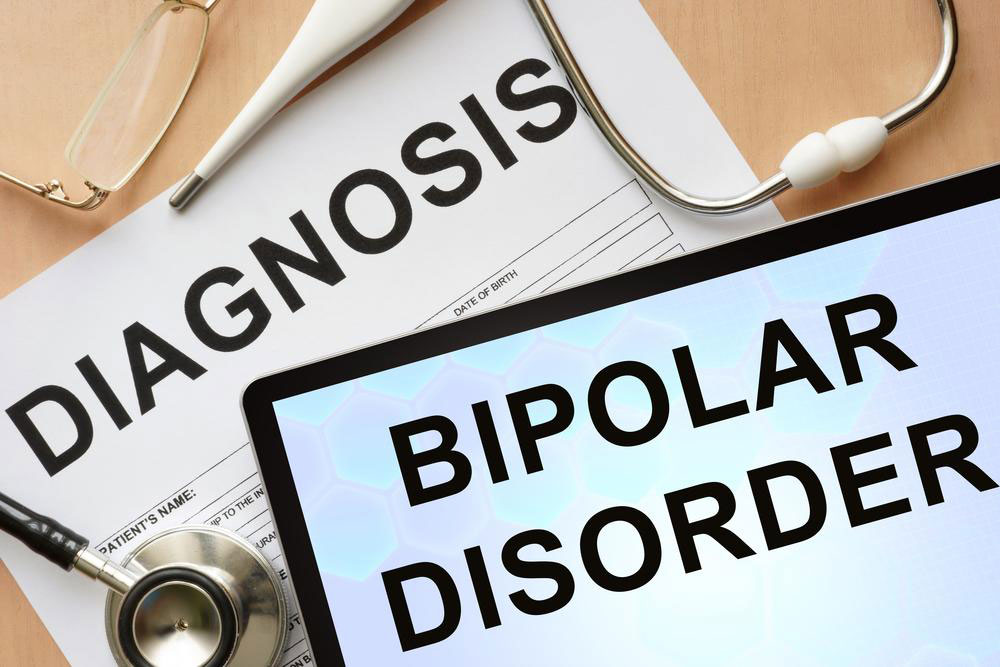Comprehensive Insight into Bipolar Disorder: Symptoms, Types, and Effective Treatment Approaches
Explore an in-depth understanding of bipolar disorder, including its types, symptoms, and comprehensive treatment options. Learn how early diagnosis and tailored therapies can help manage this complex mental health condition effectively, improving quality of life for sufferers.

Comprehensive Insight into Bipolar Disorder: Symptoms, Types, and Effective Treatment Approaches
Bipolar disorder, also referred to as manic-depressive illness, is a complex and often misunderstood mental health condition characterized by significant fluctuations in mood, energy, and activity levels. While experiencing mood swings from time to time is normal for most individuals, severe and persistent shifts that interfere with daily functioning may point to bipolar disorder. Understanding the nature of this condition, its various types, key symptoms, and available treatment options is crucial for early diagnosis and effective management.
In this detailed exploration, we will delve into what bipolar disorder entails, the different classifications under its umbrella, how to recognize its symptoms, and the comprehensive strategies employed to treat and manage it. This information aims to shed light on this mental health challenge, reduce stigma, and emphasize the importance of seeking professional help.
What Is Bipolar Disorder?
Bipolar disorder is a mental health condition marked by extreme mood swings that go beyond typical highs and lows. These fluctuations can dramatically impact an individual’s energy, behavior, and ability to function in daily life. The mood episodes can last from days to months and often require medical intervention to manage effectively. Unlike transient mood changes, bipolar disorder involves recurrent episodes that can be depressive, manic, or hypomanic, with each episode presenting distinct symptoms.
Recognizing the Symptoms of Bipolar Disorder
Identifying bipolar disorder relies heavily on recognizing its hallmark symptoms, which vary depending on the type of episode. The key features include changes in mood, energy levels, thought patterns, and behavior.
Manic Episodes: Elevated or irritable mood, increased energy, decreased need for sleep, rapid speech, racing thoughts, inflated self-esteem or grandiosity, risk-taking behaviors such as reckless spending or unsafe sex, and distractibility.
Depressive Episodes: Persistent sadness, feelings of hopelessness or worthlessness, loss of interest or pleasure in activities, fatigue, difficulty concentrating, changes in appetite or sleep patterns, and thoughts of death or suicide.
Hypomanic Episodes: Similar to manic episodes but less severe and without psychotic features. Hypomania may appear as elevated productivity and mood, often mistaken for high energy or creativity.
Understanding these symptoms is crucial for differentiating bipolar disorder from other mental health issues and for initiating timely treatment.
Types of Bipolar Disorder
There are primarily three recognized types of bipolar disorder, each with distinct characteristics:
Bipolar I Disorder: This type is defined by the occurrence of at least one full manic episode, which may be preceded or followed by depressive episodes. The manic episodes are severe enough to cause significant impairment in social or occupational functioning or may require hospitalization. Patients may also experience depressive episodes, but these are not necessary for diagnosis.
Bipolar II Disorder: Characterized by at least one major depressive episode and at least one hypomanic episode. Unlike Bipolar I, full manic episodes do not occur, which often leads to delayed diagnosis due to subtler symptoms. Individuals with Bipolar II often experience more depressive symptoms which can significantly impair their daily routines.
Cyclothymic Disorder: Considered a milder form of bipolar disorder, cyclothymia involves chronic, fluctuating mood disturbances over at least two years. Individuals experience numerous periods of hypomanic and depressive symptoms that do not meet the full criteria for hypomanic or major depressive episodes. While they may function relatively well, the mood shifts are persistent and impact quality of life.
The severity and pattern of episodes vary from person to person, making individualized diagnosis and treatment essential.
Causes and Risk Factors
The exact cause of bipolar disorder remains unknown; however, research indicates a combination of genetic, neurochemical, and environmental factors contribute to its development. Family history is a significant risk factor, with individuals having a first-degree relative with the disorder being more susceptible. Other factors include stressful life events, substance abuse, and significant changes in life circumstances.
Treatment Strategies for Bipolar Disorder
While there is no cure for bipolar disorder, a combination of treatments can effectively manage symptoms and improve quality of life. The primary goals of treatment are to stabilize mood, reduce the frequency and severity of episodes, and support ongoing functioning in social, occupational, and personal areas.
Treatment approaches include:
Medication: Mood stabilizers like lithium, anticonvulsants such as valproate and carbamazepine, antipsychotics, and sometimes antidepressants are prescribed. Careful monitoring is necessary to adjust dosages and prevent side effects.
Psychotherapy: Various therapeutic modalities help individuals understand their condition, develop coping skills, and adhere to treatment plans. Cognitive-behavioral therapy (CBT) is common, focusing on recognizing triggers and managing symptoms.
Family Support and Education: Educating family members enhances understanding and support, reducing stigma and improving treatment compliance.
Lifestyle Modifications: Establishing regular sleep patterns, reducing stress, avoiding substances, and maintaining a healthy diet contribute significantly to managing mood swings.
Regular consultation with mental health professionals, ongoing monitoring, and support groups are vital components of a successful management plan. Early diagnosis and adherence to treatment can dramatically improve outcomes and help individuals lead stable, fulfilling lives.
Recognizing the early signs of bipolar disorder and seeking professional help are fundamental steps toward effective management. Increased awareness, reduced stigma, and ongoing support empower individuals to cope with this challenging condition and maintain their mental well-being.





